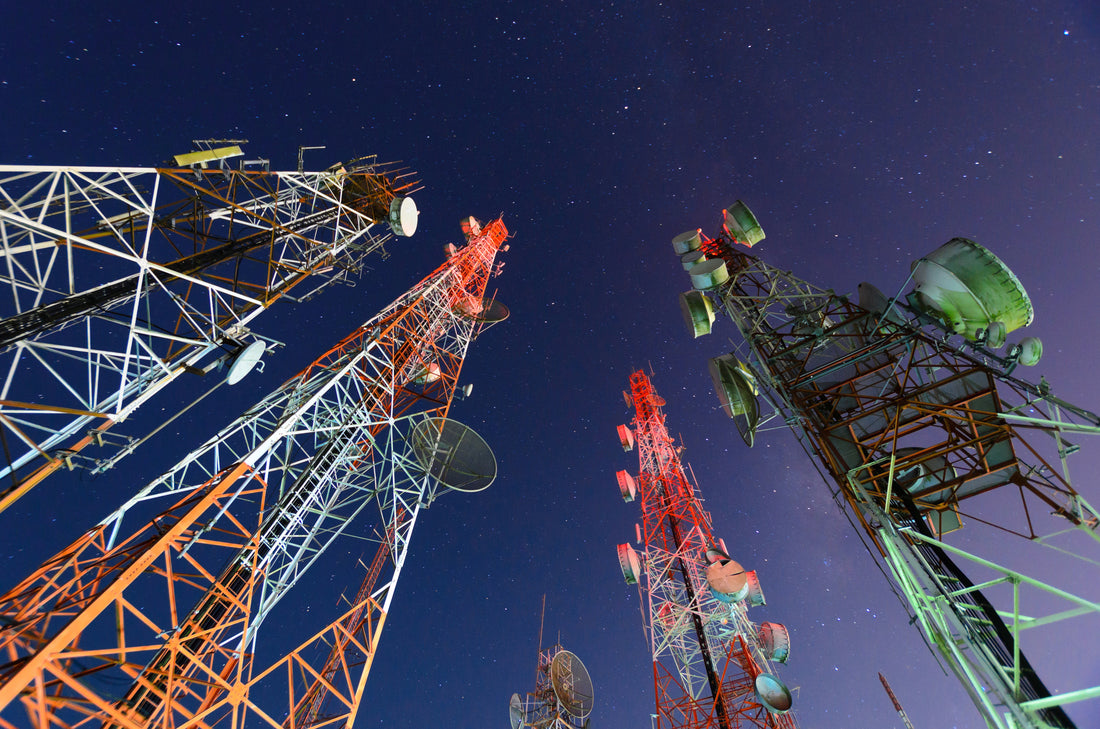
What are Two-Way Radio Communications on Frequency?
Dylan KemloSimply put, two-way communication on a selected frequency could mean it is a conversation that involves two, (or more) parties that are sending and receiving messages. So in this instance it means that one person transmits, the listening party receives and then has the ability to reply to the party that made the initial transmission, (if there is an actual need to respond/reply to the transmission that was initially raised on frequency for example).
If this was as far as the discussion point goes, then most readers would accept that the term `Two-Way` is referring to the minimum number of people required to constitute a transmission `TO` and `FROM` one another. This is not where it ends though, and we also need to consider the transmit and receive features of the product itself. In other words, what we are saying, is that if a single communicator transmits their intentions on frequency, could they be sending their information into a black hole if no one responds?
So, through these actions, and without any form of response on frequency, i.e. Transmit but do not Receive, do we now label this type of broadcast as an opportunistic `One Way` Transmission?
In normal day to day activities Two-way communication enables the free flow of information. It allows organizations to have their finger on the pulse of the company and makes employees feel seen and heard. A one-way communication process however can bring up many problems for both parties involved. After all, listening is just as important—often even more so—than telling. When there is no feedback, there is no discussion that takes place, appropriate actions can’t be taken, and improvements can’t be made.
Let’s also use comparisons such as the TV and social media. While the traditional media simply broadcasts information out without any feedback, social media facilitates easy and effective two-way communication.
So, is Two-Way Communication on frequency any different? In other words, when an Operator experiences `One Way` communication as we have explained in this article, how do they feel when not receiving a reply to their transmission? Does this individual understand what is the actual meaning of Two-way Radio Communications?
One-way communication methods offer a good start when it comes to coordinating an audience around an emergency or critical event. Unfortunately, they often leave safety leaders and managers feeling like they’re yelling into the abyss—and that’s the exact opposite of what you need when broadcasting on frequency to parties that you cannot even see.
Here are three reasons to consider why Two-way communication is critical during emergency situations for example:
- Emergencies require confirmation
- Emergencies often create confusion
- Emergencies are dynamic
It therefore could be concluded that Two-way Radio communications is a process that:
- Allows users the opportunity of transmitting and receiving information on frequency,
- Provides a means of relaying transmissions to all listeners on the selected frequency,
- Does not guarantee a response to any transmission but affords all users the possibility of replying as and when needed.
TRANSMIT / RECEIVE / PERCEIVE